Ciara Havishya is a self-taught tattoo artist based in Calgary, Canada. Ciara creates intricate decorative art style tattoos, using both blackwork and colour to produce stunning pieces that are deeply inspired by Indian art and Indian art history. We caught up with Ciara to explore their inspirations, their mehndi style tattoos and what tattooing means to them…
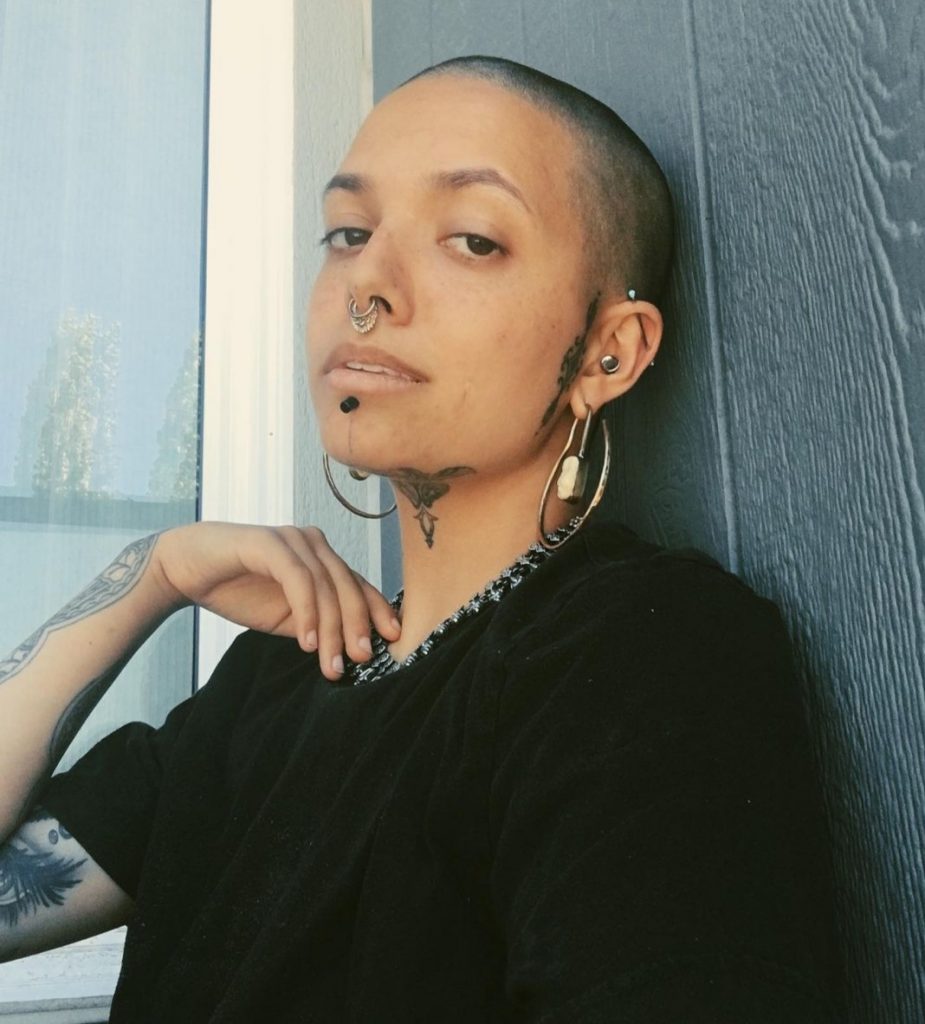
How long have you been tattooing and what led to you becoming a tattoo artist? I’ve been tattooing just over five years now, it’s been the longest five years of my life. I have wanted to be a tattoo artist ever since I was a young teenager when I discovered mehndi at a wedding party I attended. I started practising more and more and developed a love of working with people and on skin. I wanted to take it further ever since then and I’m lucky to have the opportunity to make it a career today.
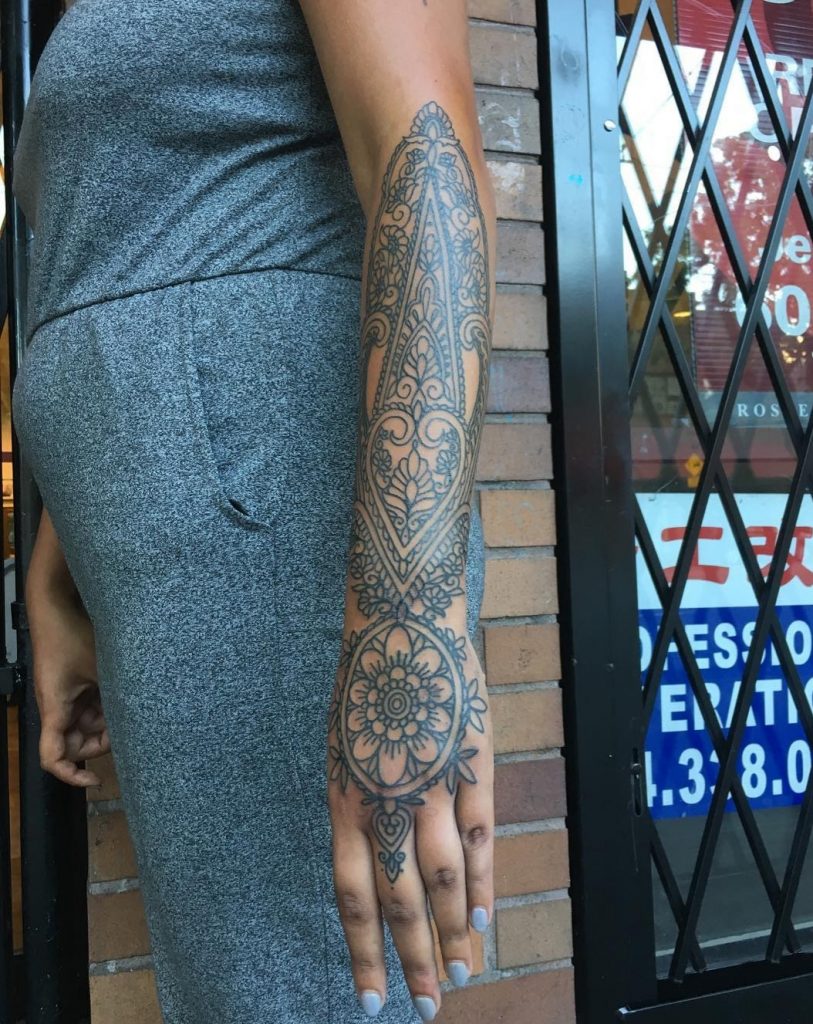
Where do you get your inspiration from/what influences you? I’m most inspired by Gupta period indian art, like the murals from the Ajanta caves and the sculptures from Ellora. The Gupta period in Indian art refers to art made in the northern region of what we now call India in the years 300-480 CE. It’s a really unique sliver of time and space and the Buddhist art from that period has a lot of influence from Chinese and West Asian contact, you can see it in the way the figures are drawn and the compositions of wall panels etc.
I love the way women are represented in this period as well, every bump and roll of skin is accentuated and their bodies are just dripping in jewellery without covering anything except for the pubic region. There’s a lusciousness and a freedom and a deep acceptance of nature in the art that speaks to me all the time.
Unfortunately there are precious few remaining art pieces from this period. In order to get closer to this period in art I’ve gone on to study Japanese art and Tibetan Buddhist art from later periods that have stylistic similarities, in the hopes that I can one day get closer to this Gupta period aesthetic that has moved me so much.
It makes me snicker a little to think that it took Europeans another 1200 years to learn what a woman’s body is supposed to look like and another 100-200 years after that to learn perspective, but that’s just me!
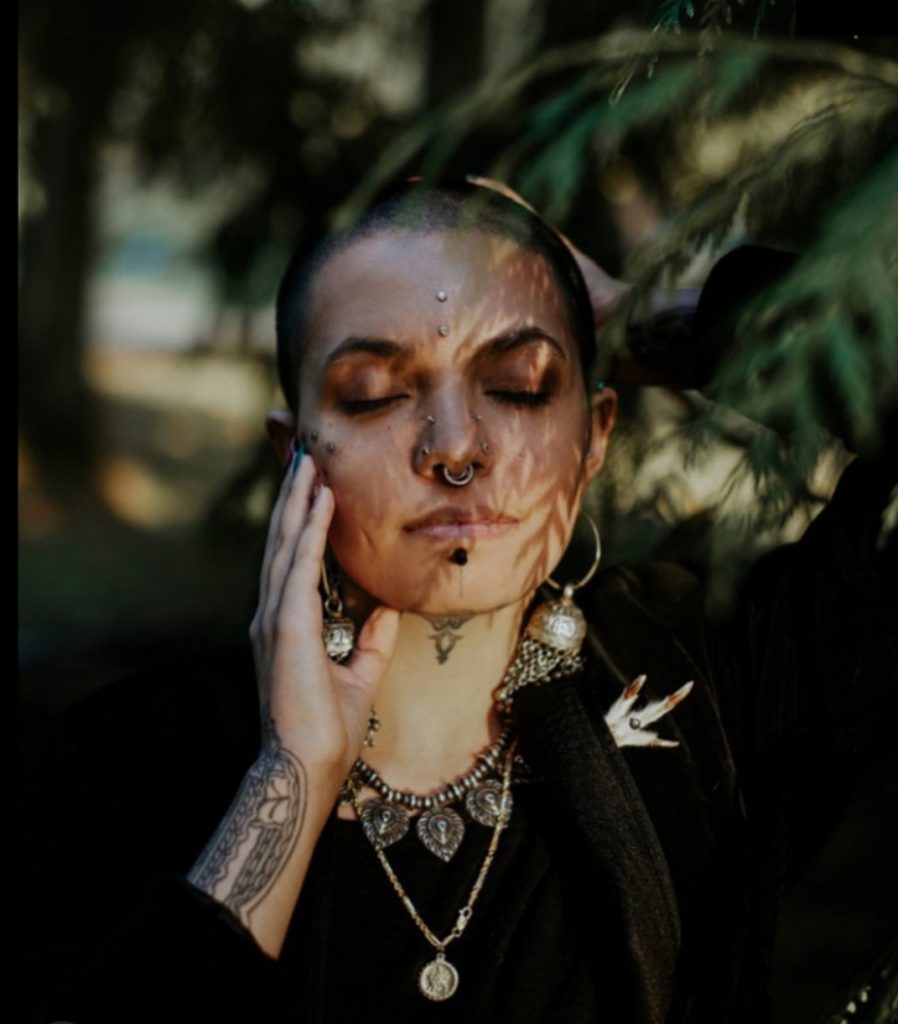
How would you describe your tattooing style? My style is an application of decorative arts from a few different sources to the body. I look at textile patterns, embroidery, architecture and historical documents of tattoos from times and people past to create new patterns that reflect my focus on timelessness, elegance, and love of the human body in all it’s manifestations.
Tell us about your own tattoos, do you have a personal favourite tattoo or a memorable tattoo experience you would like to share with us? I’m honestly mostly covered in terrible, awful, ugly tattoos that need to be lasered or covered up because I let a lot of my friends tattoo me as they were learning, so maybe I’m not one to be asked!
But I do have a truly stunning piece by @BooneNaka . It’s inspired by the Trajva traditions of Gujurat and he did the most beautiful job of creating his own composition, adding his own elements and making one of very few tattoos I have that I’m truly proud of. He’s also a gentle, thoughtful and wicked talented artist and he made the entire experience really lovely and I’m so grateful for that.
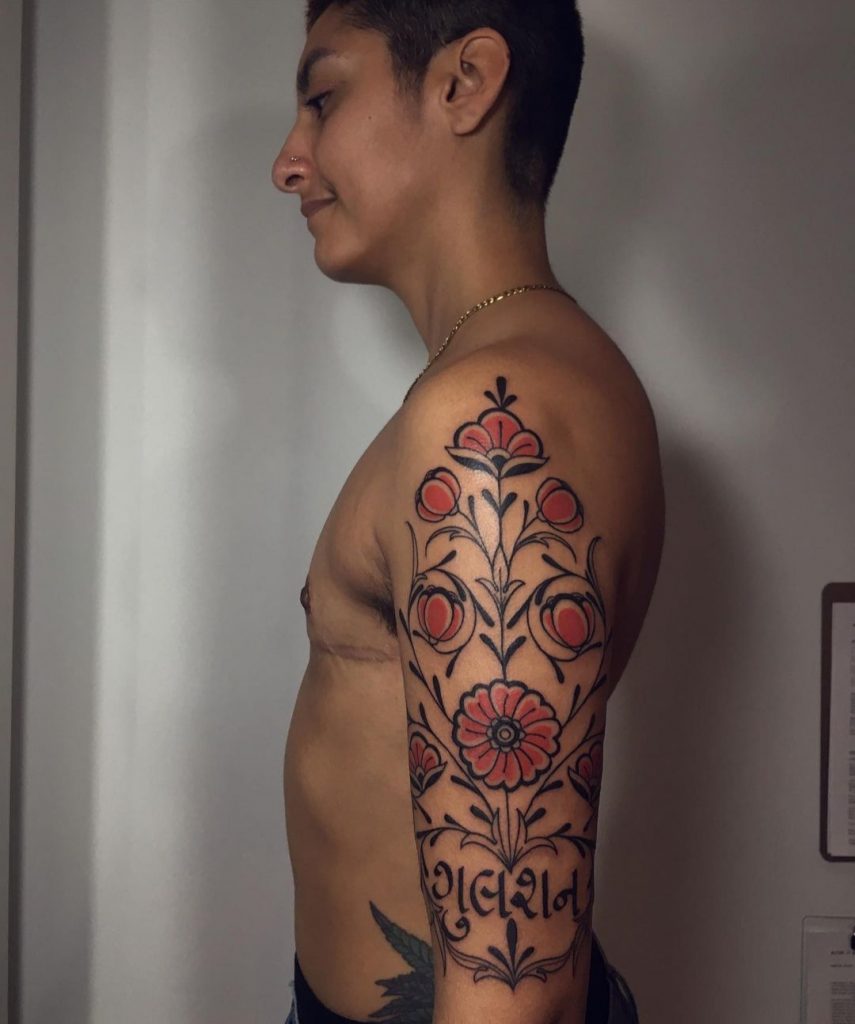
What does tattooing mean to you? Tattooing is a strange thing, it means everything to me and nothing to some people and too much to others.
For me it’s probably the closest thing I have to a spiritual practice, it’s a daily practice of being present, of seeing another person in their entirety and of trying to create an experience that affirms dignity, agency and power.
I have a few daily rituals with my practice, I listen to music by indigenous Canadian artists each day before I start to listen and recognise the people who lived here longer than any of us settlers. I pray before I start with incense to breathe in focus and good intention and to send my exhalations to God or Spirit or whoever’s listening. It’s all meaningful and meaningless in the end but that’s the beauty of doing it anyway. The artists I listen to, in case anyone is interested, are Tsimka, to remember my West Coast family and Tribe Called Red and TchuTchu to get grounded for the prairies I inhabit today.
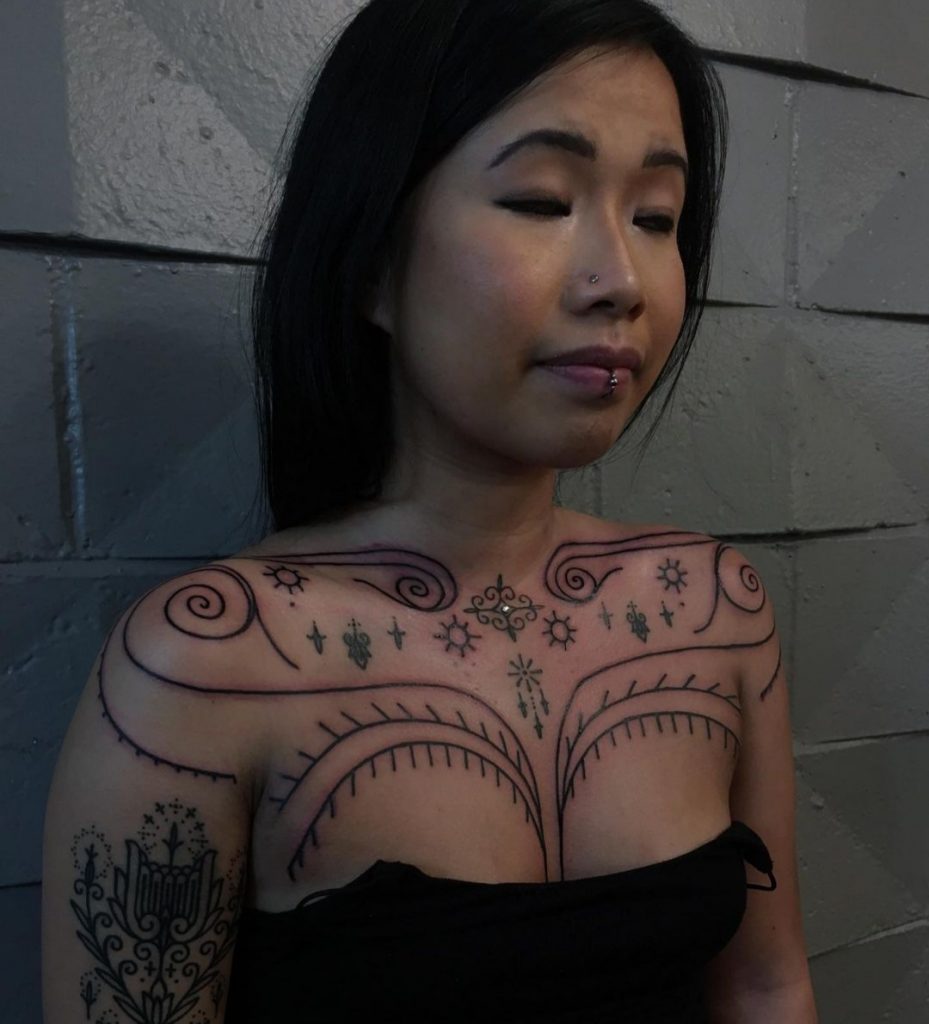
We think your mehndi style tattoos are beautiful, could you tell us more about your decision to practice this style? I was doing henna before I was drawing which is how I got started with the style. It took me a long time to get to the point where I felt comfortable tattooing in this style. I don’t think it was entirely conscious, but as a teenager I did receive some critiques from people around me that my mehndi wasn’t “real art” because it was just copying the same pattern over and over again according to these others. I didn’t really ever stop doing mehndi-style drawings entirely but I did shift to doing a lot of ink drawings of people and animals and that was actually the style I primarily worked in for most of my tattoo career.
I did a lot of engraving style botanical tattoos and blackwork illustrative animals before I slowly started to make the switch to doing almost entirely decorative patternwork inspired by mehndi. It took a while to technically get comfortable with this style as a tattoo artist, it’s actually quite challenging to do well even though it can look simple. It also took me a while to feel comfortable with creating cultural art within a consumer culture and I’m still finding ways of identifying areas of discomfort and recentre my needs in the interaction.
As a mixed race Indian person with limited ties to my family it’s also taken me a while to feel as though I have the right to be doing this work, in many ways there are tattooers with closer and more direct ties to our culture than I do.
But, part of the reason why I’m a little more distant from my origins is colonial history and inter-generational violence. My grandparents were the children of indentured labourers who were brought to Mauritius 150 years ago to work sugar cane plantations. Their families adapted and assimilated and gave up certain traditions and beliefs to gain greater access to the world. I’m blessed to be doing this work of learning and finding my roots in a way that’s opened so many doors for me that were shut to my grandparents.
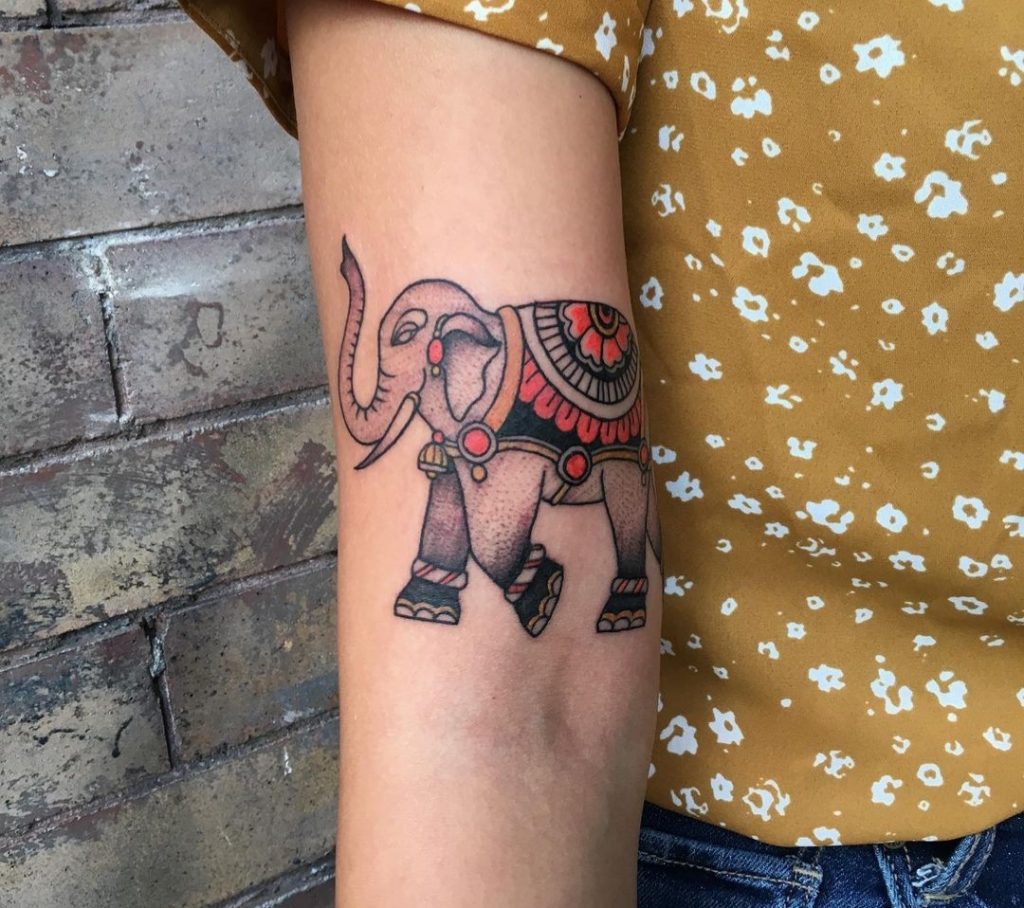
What would you like to tattoo more of? More flowing freehand mehndi pieces without symmetry! Symmetry is so overrated even though it’s pretty. I also really love exploring Kolam traditions in tattooing. But I’m extremely careful about how I design them and without ready access to information on exactly what certain pieces of pattern mean or how they’re supposed to be, I’m limited in what I can do.
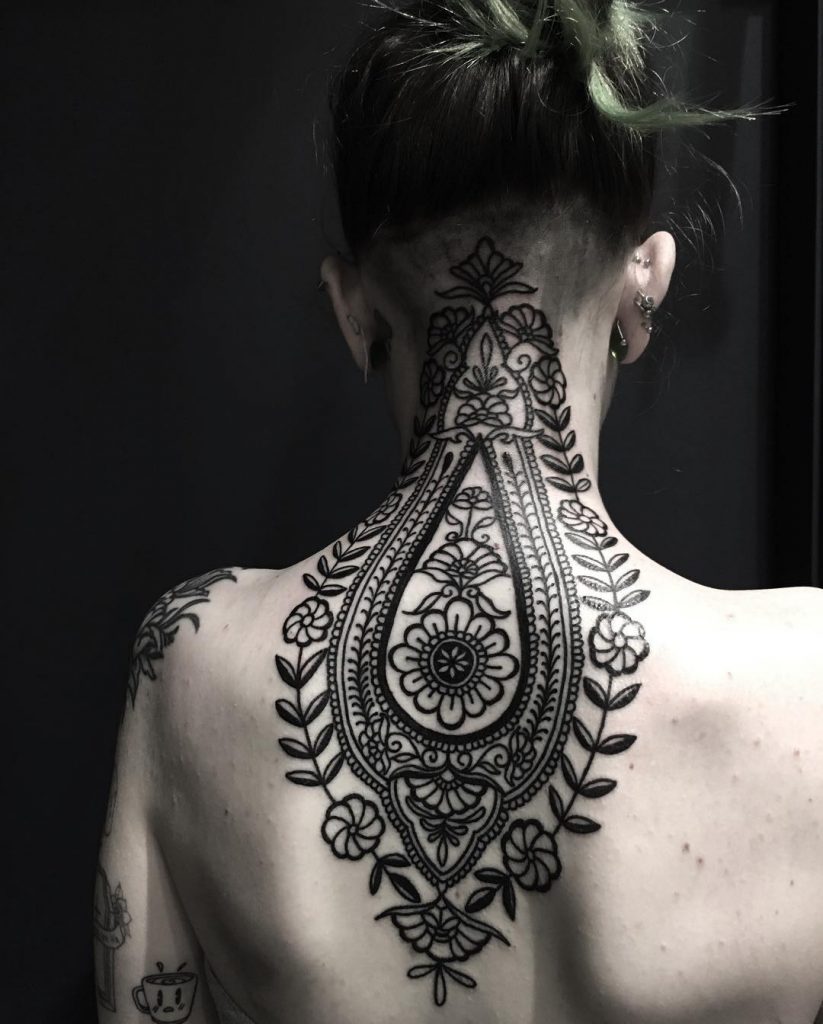
We understand that mehndi is often culturally appropriated. Do you feel that it is inappropriate for certain people to get mehndi style tattoos? No. I don’t think it’s innappropriate for certain people to get mehndi style tattoos IF they’re getting them from someone who should be doing the tattoos. Big if.
As an Indian tattoo artist I’ve had to recognise that I can’t control who does or who doesn’t get my tattoos. Some of my absolute worst clients were Indian people and some of my best clients were white and both ways I don’t screen my clients for race when they ask me for mehndi tattoos. When people talk about mehndi style tattooing though, they often conflate actual mehndi inspired tattooing and the entire emerging genre of blackwork tattooing of Indian/Asian patterns and deities. There needs to be some distinctions between the two.
Mehndi as it’s done in India for weddings and celebrations is truly decorative, there are nuances to the patterns that indicate the wearer’s regional background, or religious affiliation, but for the most part the henna designs aren’t sacred. However, when we get into non-Indian, non-Hindu tattooers who are making a living from doing tattoos of deities on other white people who aren’t believers I think it starts to feel like Orientalism.
Unfortunately there is a culture of white tattooers who tattoo Indian imagery with religious and spiritual significance indiscriminately and they have a clientele that’s happy to buy it up. It feels very hollow to see from the outside.
I feel like I can tell when an artist has a true investment in learning about the culture and history and faith, but when they don’t it’s obvious. I also see a lot of disparity between how these artists are somehow almost elevated for doing something “different” while Indian tattooers are so few and far in between and many are almost anonymous. I don’t see these white tattooers sharing resources with others, I don’t see them apprenticing Indian artists, I don’t see them even tattooing many Brown folks, all I see is a culture of Indian art production that is made entirely by and for white people and it’s not right. Until it’s a more level playing field for POC and BIPOC tattoo artists exploring their heritage and tattoo ritual, I can’t support the work and ethos of white tattooers doing Indian tattoos.
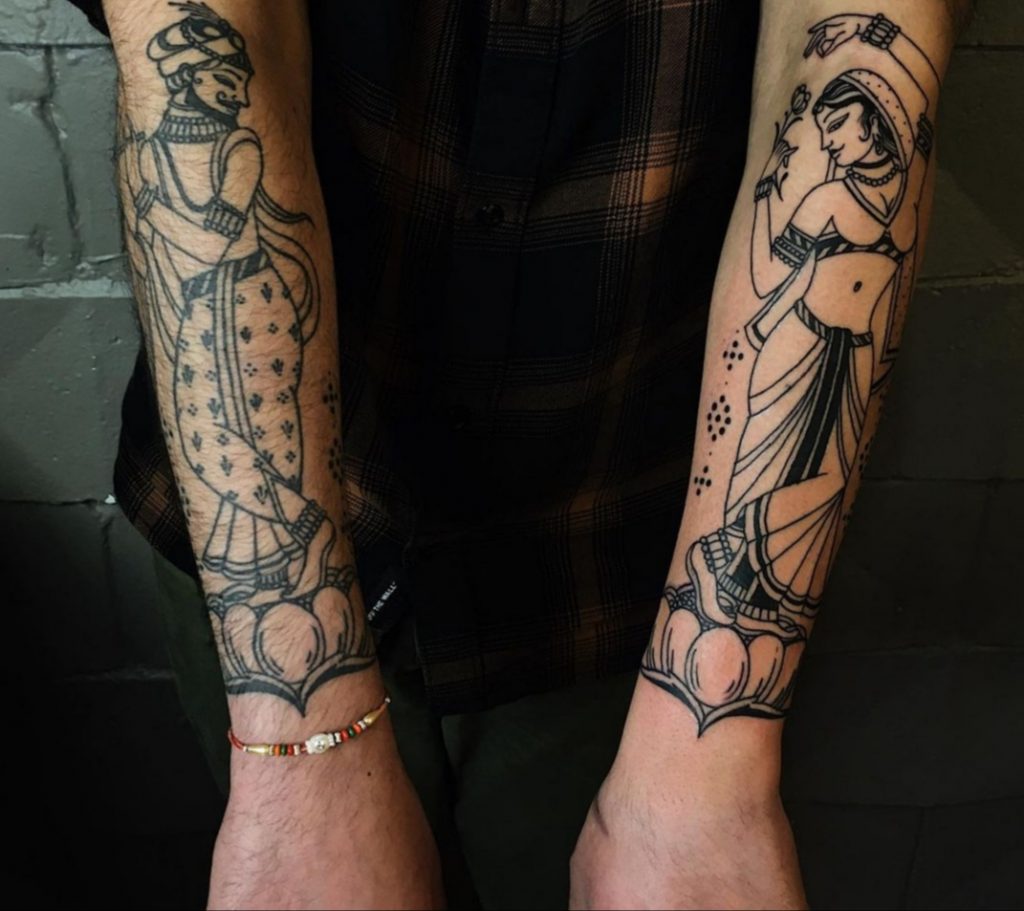
Do you have any upcoming projects you would like to share with us? I had so many before Covid. I was trying to arrange an artist’s residency in India to learn Pata Chitra which is a line based art form representing deities in traditional styles. I was even teaching myself hindi to prepare, but sadly the world had other plans.
For now I’m engaging in a new mentorship opportunity where I’ll be learning from Doug Fink at Bushido about refining my work and pushing myself into new styles of working. He’s a traditional Japanese tattooer with a few decades of experience and I’m really looking forward to the next year and a bit of study and improvement.
Words: Lucy Edwards, 21-year-old tattooed freelance writer, cat mum and trying-new-things enthusiast. You’ll most likely find Lucy posting about mental health awareness and self-acceptance on her Instagram.